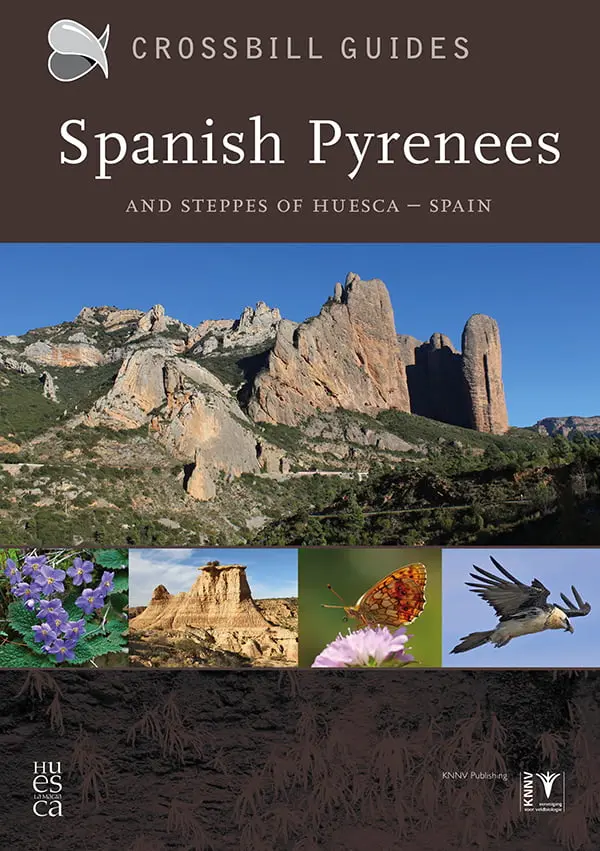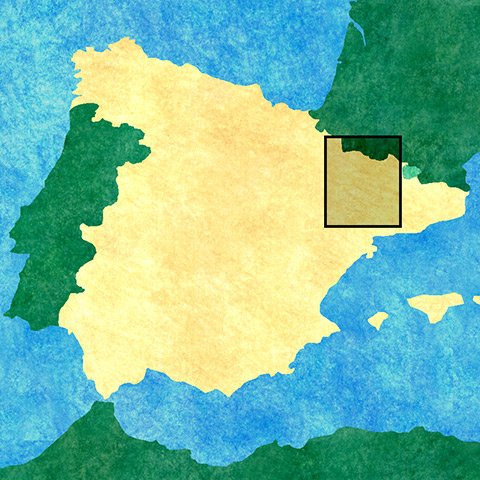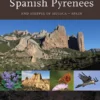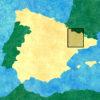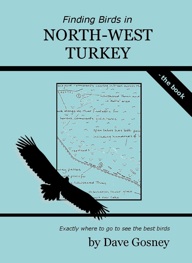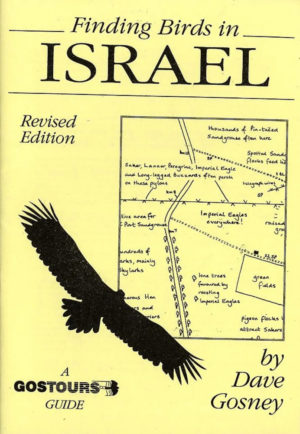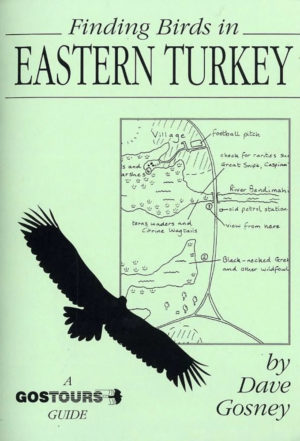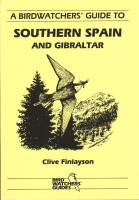Forlagets omtale av Crossbill Guides Spanish Pyrenees:
This guide covers the central part of the Spanish Pyrenees plus the dry, desert-like Ebro basin beneath it. It covers the northern part of Aragón, roughly coinciding with the province of Huesca. This guide covers the famous Pyrenean regions of Ordesa and Monte Perdido National Park, Aneto and Benasque, Jaca and the Hecho Valley. Further south, it covers the Sierra de Guara, the Somontano and Los Monegros (including Belchite) and the Laguna de Gallocanta.
- Landscape history
- Ecosystems
- Geology
- Flora and Fauna
- Where to watch birds
- Finding orchids and other wildflowers
- 21 detailed routes with observation tips and 25 extra sites descriptions
Spanish Pyrenees and steppes of Huesca
Huesca is the northern province of Aragón and covers the whole of the central Spanish Pyrenees and much of the arid, desert-like lowlands of the Ebro river. The diversity in landscapes, flora and fauna of this relatively small area is immense and ranks among the highest of Europe. The area comprises of three main regions:
The High Pyrenees
The highest peaks of the Pyrenees, reaching well over 3,000 metres, are situated in the area. There are glaciers, extensive areas of bare rock and large areas of flower-rich alpine meadows. This is the realm of high altitude birds such as Snowfinch and Alpine Accentor. The high Pyrenees also support large populations of the impressive, bone-eating Lammergeier. Lower down, dense, old-growth mountain woodlands cover the slopes. Beech, Silver Fir and Scots Pine are the main trees and form a lush forest that is rare in generally arid Spain. The geological formations of deep gorges and rock faces of hundreds of metres in height make the central Pyrenees a spectacular place!
The Sierras Exteriores
South of the High Pyrenees, there is a second broad range of mountains known as the Sierras Exteriores. In the central part, known as the Sierra de Guara, they reach just over 2,000 metres. This range has a distinct Mediterranean feel, with vast areas of evergreen scrub and oak woodland. The mountains are dissected by deep gorges in whose depths clear mountain streams flow towards the plains. The Sierras Exteriores, in particular the Guara, is a wild, uninhabited area with a very rich flora and fauna. It is one of Europe’s richest areas for butterflies and boasts Europe’s, and perhaps the world’s, densest population of Lammergeier. In general, raptors are common, with large numbers of Griffon and Egyptian Vultures, Golden Eagle and Eagle Owl.
The Ebro lowlands
The Sierras Exteriores give way to a rolling landscape that becomes more arid with every kilometre as you head away from the mountains. Around the Ebro river, the landscape is steppe with the appearance of a desert, complete with table mountains, salt lakes and barrancos, dry river beds. This general area, known as los Monegros, support one of Spain’s prime steppe habitats, with an almost African birdlife (Black-bellied and Pin-tailed Sandgrouse, Black Wheatear, Dupont’s Lark and both bustards), heat-loving reptiles and a desert flora.
In cross section, the distance from the highest peaks to the hottest lowlands is no more than 200 km, making this a region with a diversity that has no equivalent anywhere else in Europe.
The Crossbill Guides Spanish Pyrenees and steppes of Huesca covers this rich area from the salt steppes of Belchite and the Monegros to the alpine heights of Ordesa. It also covers the Laguna de Gallocanta, which lies a little further inland.
